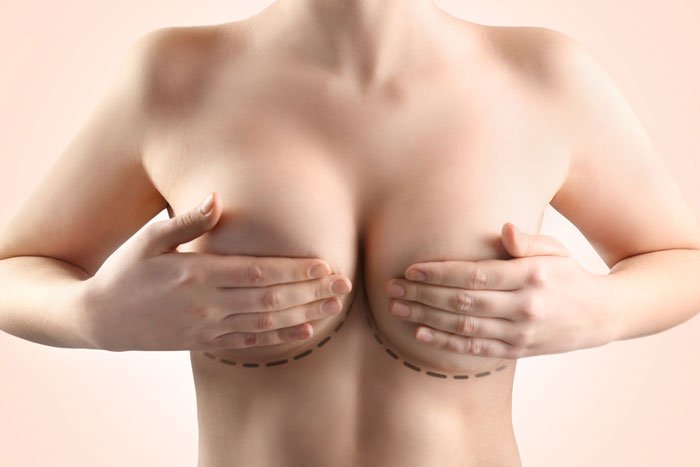Peripheral T-cell lymphoma linked to textured breast implants
Posted: 19 October 2017 | Dr Zara Kassam (Drug Target Review) | No comments yet
Researchers have analysed a rare peripheral T-cell lymphoma that may develop as a result of breast implants…


Breast implant-associated anaplastic large cell lymphoma — or BIA-ALCL — is a rare peripheral T-cell lymphoma that may develop in patients with breast implants.
The researchers at Penn State College of Medicine have said the cancer is likely underreported, and although it appears to be linked to a certain type of implant, more research is needed to identify the specific cause.
This cancer only really started to appear after textured implants came on the market in the 1990s
In a literature review, the researchers analysed 115 research articles in which 95 patients were evaluated to learn more about the development, risk factors, diagnosis and treatment of BIA-ALCL.
“We’re seeing that this cancer is likely very underreported, and as more information on this type of cancer comes to light, the number of cases is likely to increase in the coming years,” said Dino Ravnic, Assistant Professor of surgery, Penn State College of Medicine. “We’re still exploring the exact causes, but according to current knowledge, this cancer only really started to appear after textured implants came on the market in the 1990s.”
BIA-ALCL is estimated to affect 1 in 30,000 women with breast implants each year, although the researchers said the cancer could be more common. The researchers said almost all of those cases were associated with textured implants, which have a slightly rough surface that keeps the implant in the correct position.
Textured implants rose in popularity in the 1990s, and the first case of BIA-ALCL was documented in 1997. The researchers say that because they could find no incidents of BIA-ALCL prior to the introduction of textured implants, this suggests a causal relationship, although more research is needed.
“All manufacturers of textured implants have had cases linked to this type of lymphoma, and we haven’t seen cases linked to smooth implants,” said Prof Ravnic. “But in many of these cases the implant was removed without testing the surrounding fluid and tissue for lymphoma cells, so it’s difficult to definitively correlate the two.”
After reviewing the literature, the researchers believe that BIA-ALCL may occur as a result of inflammation surrounding the breast implant, and tissue that grows into the tiny holes in the textured implant may prolong that inflammation.
Previous research has shown that chronic inflammation can lead to lymphoma.
In the cases analysed, BIA-ALCL typically developed slowly, with good prognoses for patients who had both the implant and surrounding scar tissue removed. Of the 95 patients in the review, five died.
The researchers recommend that in the future, surgeons should communicate the risks of BIA-ALCL to patients. Physicians should also stress the importance of routine checkups after the implants are in place.
The results are published in a research review in JAMA Surgery.
Related topics
Oncology, Research & Development
Related conditions
Breast cancer, Cancer
Related organisations
Penn State College of Medicine
Related people
Dino Ravnic



